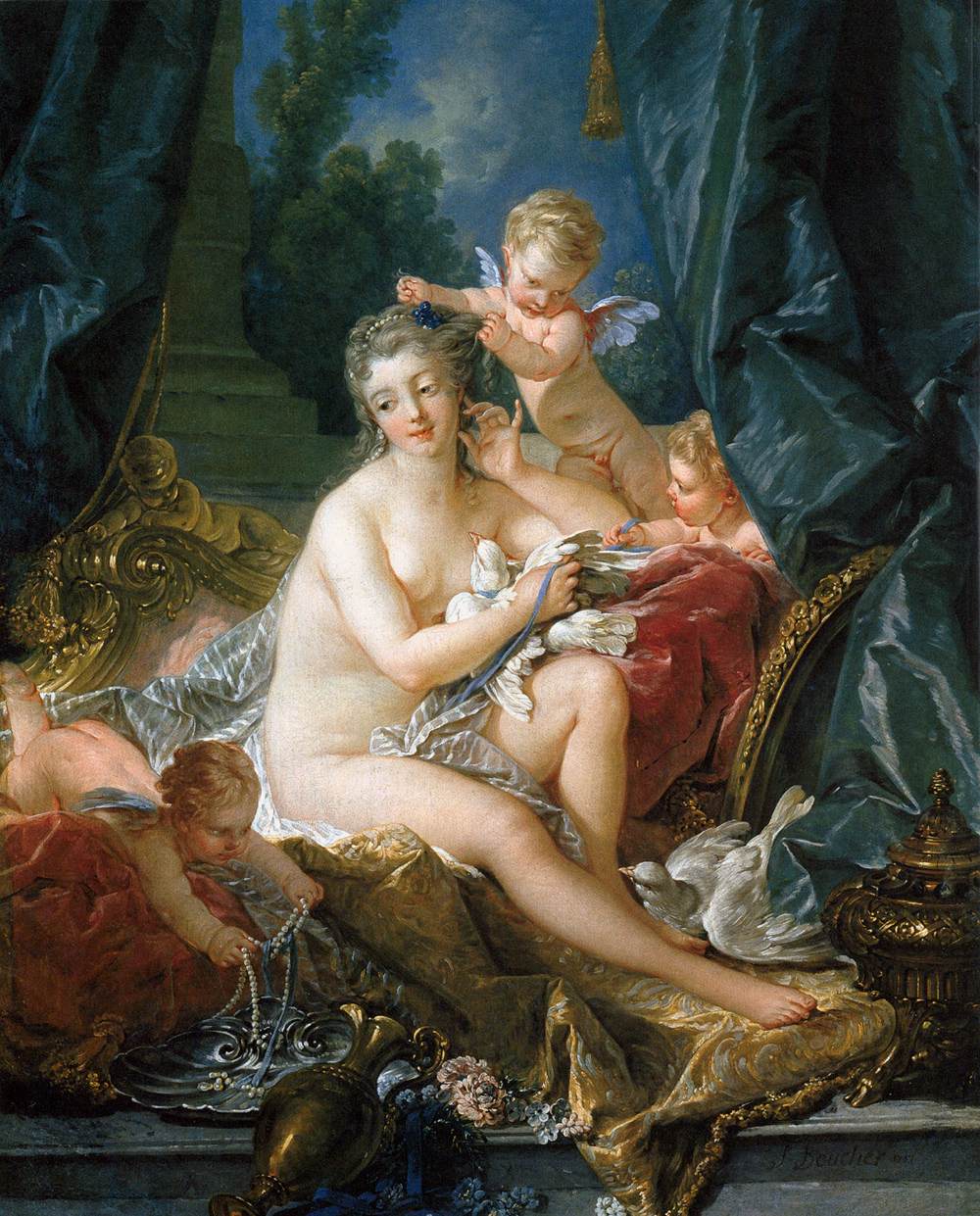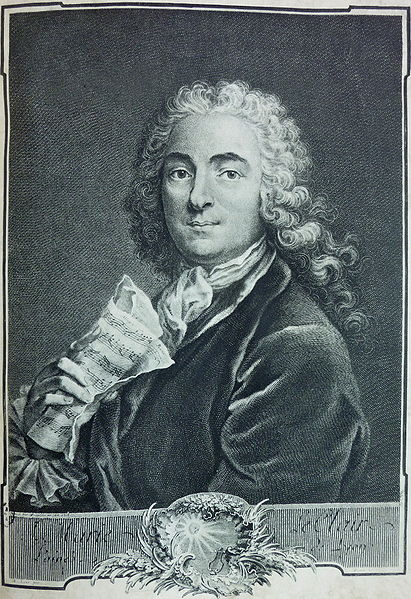In Pierre Choderlos de Laclos’ masterful and emblematic 18th-century epistolary novel Les Liaisons Dangereuses, the Marquise de Merteuil tickles, delights and at the same time emasculates both her sparring partner Valmont and the reader with artful, witty virtuosity. A razor-sharp, humorous image here, a play on words there, a slightly confounded expectation, an erotic allusion, a badinage beckons us. We lean forward to better hear each salacious detail. The Marquise compliments our intelligence even as she robs the dignity of others and threatens our humanity. She stokes a fever of egocentric entitlement in our hearts. She makes us ill while making us laugh. These are the dangers of her courtly sophistication. This is the unexpected toxin of Rococo art.

Today, our assessment of Rococo art, whether musical or visual, is a faulty one. Thinking it benign, and prettified, even insipid, we recognize the agreeable but overlook about seductive. Do we not run the dangerous of allowing the basic tenets of our existence to drift permanently from sight as filigree obscures virtue? So the 18th-century French philosopher Denis Diderot warned us when he wrote that the great Rococo artist François Boucher might be the greatest painter of the time—but he was also the most dishonest.
Son élégance, sa mignardise, sa galanterie romanesque, sa coquetterie, son goût, sa facilité, sa variété, son éclat, ses carnations fardées, sa débauche, doivent captiver les petits-maîtres, les petites femmes, les jeunes gens, les gens du monde, la foule de ceux qui sont étrangers au vrai goût, à la vérité, aux idées justes, à la sévérité de l’art ; comment résisteraient-ils au saillant, au libertinage, à l’éclat, aux pompons, aux tétons, aux fesses, à l’épigramme de Boucher?
Diderot on Boucher! (Salon de 1761).
(His elegance, cuteness, Romanesque gallantry, coquettishness, taste, facility, variety, virtuosity, imaginary complexions, debauchery, must captivate the little masters, little women, young people, stylish people, and the mass of those who are strangers to true taste, to the truth, to real ideas, to the severity of art; how will they resist the salacious, the libertine, the glitter, the pompons, the nipples, the buttocks, the epigram of Boucher?)
Both Diderot and Laclos responded to Rococo art as if it were the great hazard of their times.

In this context, consider, then, the elaborated melodies of 18th-century violinist and composer Jean-Marie Leclair. A dictionary of Rococo elegance, they provide an aural manifestation of the fabrics he knew as the young son of a lace-maker. Leclair’s decorated melodies supply an opportunity for the violinist or flautist to entice and seduce his audience. When well performed, his ornaments conjure up sighs and giggles, pinches and feathers, tears of melancholy and moans of pleasure. And Leclair, dedicating these works to “people of good taste,” expects that the energy and tempo of each ornament will be varied to enliven an expressive intention. He is as demanding of refined interpretation as is his harpsichordist colleague François Couperin. Leclair’s musical narrative offers an exquisite balance of instrumental virtuosity and sensitive rhetoric.
Listen to Brink, O’Sullivan and Appel in a Leclair Flute Sonata
Yet this elegance is but one quality among many that sets Leclair apart as possibly the greatest French violin composer. His fiddle is the dance master’s tool, bringing to life the court minuet and gavotte, as well as the barn dance performed by wooden-shoed peasants and a tambourin. Like his contemporary Jean-Philippe Rameau, Leclair’s chaconne from his Second Récréation de Musique brings us the variety, sensuality and luxury of the grand ballet at the Royal Opera. His great fugues are never turgid, his innocent dance tunes never trite.
We offer this selection of sonatas and the Récréation as a tribute to Leclair as we commemorate the 250th anniversary of his death. At the age of 67, he was murdered in front of the house he had purchased in a dangerous neighborhood of Paris. There is no question that the world admired Leclair but there is little evidence that they loved him. His prefaces present a slightly misanthropic face. He was unable to share power at court with colleagues and left. His marriage to Louise Roussel, one of France’s finest music engravers, ended in rupture, and evidence suggests that he was murdered at the hand of a disgruntled nephew.
But today, two and a half centuries setting us at a safe distance from difficult aspects of his personality, Leclair, like the Marquise de Merteuil, is a most attractive and tempting dance partner or serenade singer. And so, ignore Diderot’s warnings. Ignore the déuge that Louis XV knew was at hand. On with seduction!
Badinage from Leclair’s Deuxieme Recreation de Musique->. (5) leclairrecreationrondeaumvt5
To purchase Four Nation’s new recording of Leclair, Press here.
Send your order to: Four Nations Inc, PO Box 1112, Hudson, NY 12534
Notes: Andrew Appel
